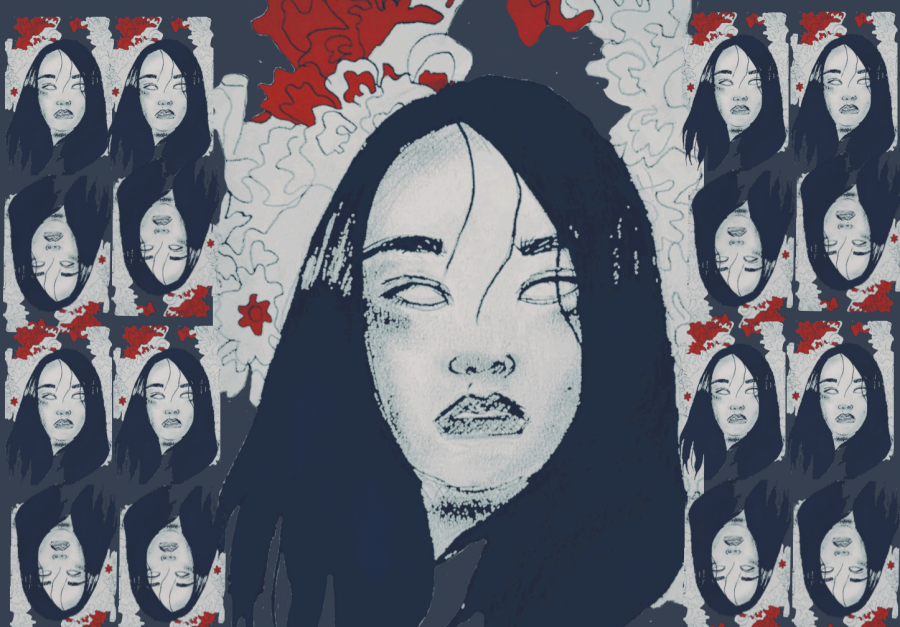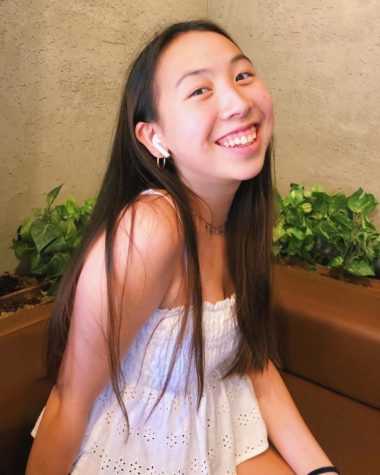Hate crimes against Asians and Asian-Americans: The past, present and future
March 22, 2021
The pandemic plagued the American people as many, if not, all lives were changed, flipped upside down or lost during this unprecedented era. Despite the fact that every person has had to overcome challenges and obstacles, some continue to choose hate and instigate racially charged crimes against members of the AAPI community. Data from September of 2020 showed a 1900 percent increase in New York in crimes against Asians and Asian-Americans and the violence has progressed into 2021. In addition to New York City, many attacks have arisen in the Bay Area where there is a high population of Asians in the U.S. A large portion of this targeted hate can be attributed to the language used around the coronavirus, as rhetoric like “the Kung Flu Virus” or “Chinese Virus” instills blame upon the Asian community for the pandemic.
“Hearing certain phrases and words brings out this hidden racism in people, and it becomes just a matter of acting upon those hateful mindsets and intentions,” junior Gaby Ridings says.
Ridings, among other Asian and Asian-American students at ETHS, fear for the lives of family and community members, as the target of these crimes is often the older generation. These awful attacks include a range of unprovoked assaults like beating, slashing, and violent shoving, which in some cases have turned fatal like the murder of 84-year-old Vicha Ratanapakdee. Actor, internet celebrity and member of the popular group The Try Guys Eugene Lee Yang tweeted about recent attacks, saying, “What’s so enraging about these attacks on Asian elders is how, in my experience, my older relatives minimize their pain, opinions, and the space they occupy in order to unburden others. They mind their own business while trying to survive. Targeting them feels especially cruel.”
Yang’s words resonated with many Asian youth as these attacks are some of the first that many younger generations have seen against their families and communities. The cultural significance that elders play in many Asian cultures as well as the helplessness is what makes these attacks feel particularly brutal and unjust. Yang is one of many other celebrities of Asian descent using their platforms to advocate for justice including actors Daniel Dae Kim, Daniel Wu and actress Gemma Chan.
“In my culture, I have so much respect for my elders, and seeing that the people who I respect so much being treated so poorly makes me really angry and upset,” Ridings adds.
Most recently, the fatal shooting of eight people in Atlanta, including six Asian women, has increased the fear for AAPI lives. A In analyzing the historical context, it’s clear that the lack of representation and widespread coverage has played a role in the underreporting of crimes and overall repression of Asian narratives.
“The idea of racism and hate against Asians has always been salient for me, forever. I don’t really see the recent uptick of talking about it really is an indication that it’s worse, [but that] there has been increasing reporting and an increase in more violent physical acts. However, I think that these crimes have always been the actual racist sentiment and behavior; the undercurrents of believing that we [Asians] don’t belong has always existed, and we’re just seeing it now in more visible ways,” English and reading teacher Patti Minegishi Delacruz says.
While it is of the utmost importance to listen to the voices of Asians fighting for equality and justice in the U.S., it is also of extreme importance to recognize the existing social justice movements fighting against racial violence. Groups like Black Lives Matter have provided the platform to discuss and publicize these racial issues.
“I think that a lot of the momentum that we currently see is really because of the Black Lives Matter movement, because of young people. Today, I think this generation is a little more brave in the way that you’re visibly seeing activism right now. We have to pay respect to the Black lives movement and to Black activists who have been here forever pushing for social justice,” Delacruz adds.
Allyship between the Asian community and other BIPOC communities has and still is quite complex. The Model Minority Myth perpetuates a narrative where Asians are the “ideal” minority, as they immigrated, overcame challenges and are now successful through strong family values and hard work. In contrast, it denigrates other BIPOC’s achievements. This myth, based on stereotypes, is extremely dangerous, as it minimizes the oppression and struggles of Asians, ignores the multitude of sub-cultures and diversity within the AAPI community, and drives a wedge between the Asian community as a whole and other BIPOC communities. The myth fails to reflect reality, as institutions like slavery, for example, prevented African Americans from even being free people until 1865, in addition to the systemic racism that is continued to be faced now in the present. For many older generations of Asians, these mindsets are still ingrained in their way of life.
“I think it comes from the fact that among many immigrants, specifically Asian Americans and Asian groups, there has definitely been this anti-Black racism that we have internalized because that’s what we learned from our colonizers. That’s what we learned through history—how to uphold white values because that was the only way to survive in America,” Delacruz says.
In addition to focusing on issues within communities, shifting to thinking about how society can build this allyship especially between the Asian and Black community is crucial in working toward a socially just future for all. Founder and President of ETHS’s Black Student Union Serena Brown offers a perspective into uniting minority communities.
“It is not a competition for oppression. What’s more important is the acknowledgment of oppression for all BIPOC that needs to be recognized. Giving to one community does not take away from your own,” Brown says. “Understanding that struggle is not about comparing whose is worse but rather about making a better joint future for generations of people of color to come is the most important focus.”
In the Bay Area, efforts started by Latino activist Jacob Azevedo are being implemented by community members of all racial backgrounds to escort senior Asian citizens when they are out in order to make them feel safer amidst these attacks. These efforts, among others, continue to work against the historical and recent hateful sentiment against the Asian community and exemplify the strength within allyship between BIPOC communities.
“It’s so important to look for opportunities for dialogue about ways to foster more compassion and use this as a chance for solidarity,” Delacruz says. “Our hurt and pain are connected and come from the same oppressive power structures. We need to find ways to support each other and break the patterns that the system has previously designed through anti-racism, not just for the Asian community, but for all BIPOC communities.”












